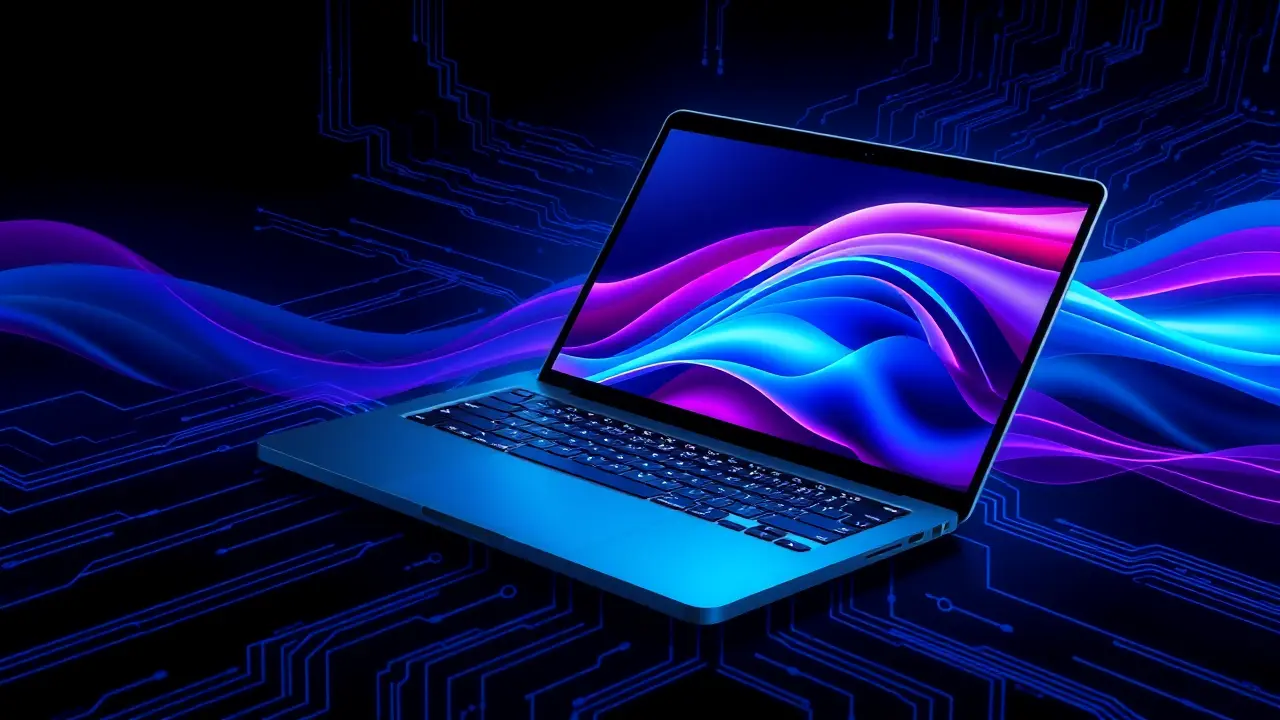Apple MacBook Pro (M5, 14-Inch) Review: More of the Same
The unveiling of Apple's latest silicon, the M5, powering the new 14-inch MacBook Pro feels less like a seismic event and more like the latest, meticulously calculated move in a long-term strategic campaign. For those of us who track the trajectory of computational power with the fervor of an academic, this release is less about a singular 'wow' moment and more about the relentless, almost predictable, march of progress.The initial M1 chip was the paradigm shift, a declaration of independence from Intel that sent shockwaves through the industry, proving that ARM-based architecture could not only compete with but decisively outperform traditional x86 designs in both power and efficiency. The subsequent M2 and M3 iterations were refinements, honing the edges of this new paradigm.The M5, therefore, exists in a fascinating phase of this evolution. It’s what happens after the revolution has been won; it’s the consolidation of power and the fine-tuning of an already dominant architecture.Benchmark analyses, which I’ve been poring over since the first developer kits became available, show consistent, double-digit percentage gains in both CPU and GPU performance over the M3, but more critically, they reveal significant advancements in the Neural Engine. This isn't just about rendering a video export a few seconds faster; it's about fundamentally reshaping the workflow for developers and researchers working with increasingly large and complex large language models locally.The ability to run more sophisticated AI inference tasks on-device, without needing to ping a cloud server, is a quiet but profound breakthrough that speaks to the future of distributed computing. It’s a feature that, while not as flashy as a new color or a thinner chassis, has profound implications for fields like computational biology and algorithmic trading, where latency and data privacy are paramount.However, this very predictability invites a critical line of inquiry: is Apple’s annualized upgrade cycle, reminiscent of the smartphone industry it once disrupted, beginning to create a form of innovation fatigue? The physical design remains virtually unchanged, a testament to the near-perfection of the current form factor, but it also means the experience of unboxing and using the machine is now familiar, even routine. This raises questions about the ceiling of this architectural approach.We are likely approaching the point of diminishing returns on pure silicon performance for all but the most demanding professional use-cases. The real battleground for the next generation, beyond the M5, will be in specialized cores and heterogeneous computing—how efficiently the system on a chip can delegate specific tasks to its CPU, GPU, and Neural Engine cores simultaneously.The M5 demonstrates a masterful execution of this principle, but one must wonder how long this cadence can be sustained before a new architectural leap, perhaps into the realm of photonic computing or neuromorphic designs, becomes necessary to avoid the stagnation that once plagued its predecessors. The M5 MacBook Pro is, in essence, a masterpiece of incrementalism.It is an exceptionally powerful, refined, and capable machine that offers no compelling reason for an M3 owner to upgrade, but simultaneously sets a new, formidable baseline for anyone entering the ecosystem or upgrading from an Intel-based machine. It is a testament to a strategy that prioritizes steady, reliable improvement over disruptive gambles, a philosophy that has served Apple well but one that the ever-accelerating field of AI and computational science will inevitably pressure to evolve sooner rather than later.
It’s quiet here...Start the conversation by leaving the first comment.
© 2025 Outpoll Service LTD. All rights reserved.
